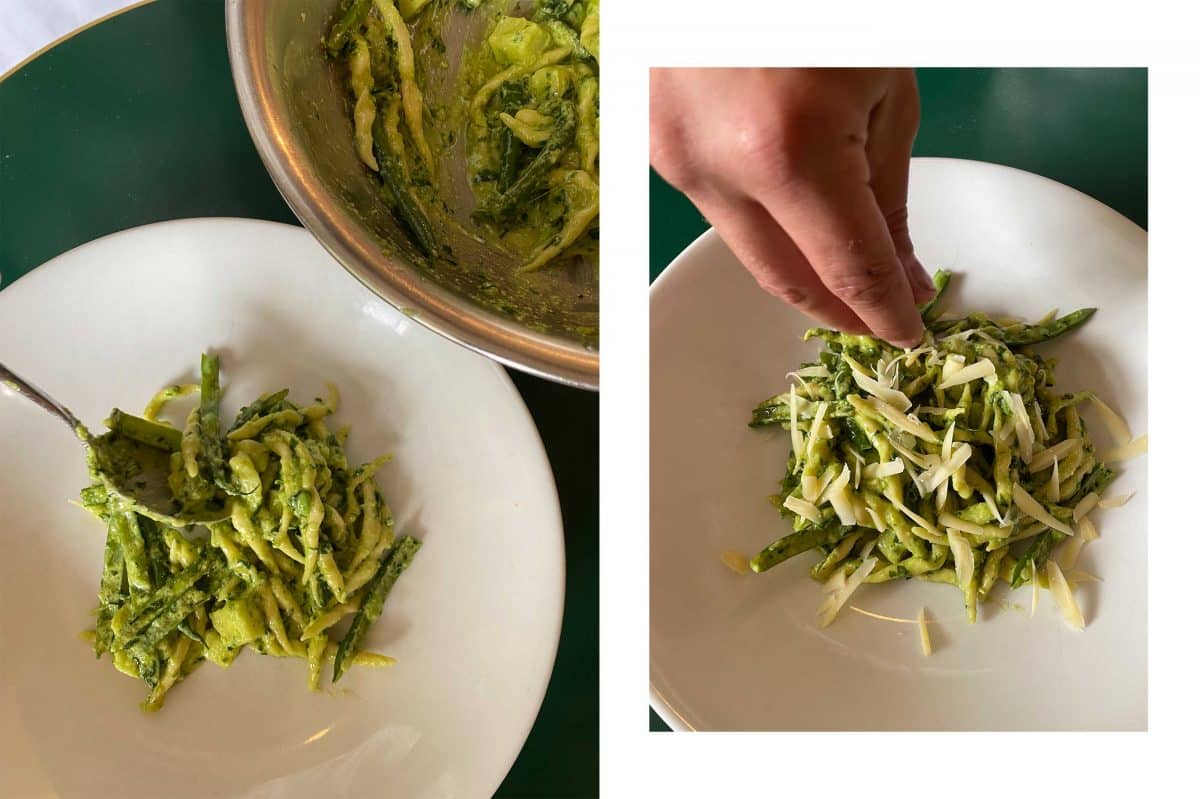
The rise of the menstrual cup is no new concept for those who have periods. Gaining popularity for their environmental and financial benefits, switching to a menstrual cup can immediately reduce the number of disposable tampons or pads one would usually toss, which means less frequent purchasing of period products, and less havoc wreaked on the environment. For those who are looking to venture into the world of the affectionately dubbed 'Moon Cup', we're rounding up a few things to know before you take the proverbial plunge.
What is a menstrual cup?
At its bare bones, menstrual cups are rather self-explanatory. A menstrual cup is a small cup made from flexible and safe plastic which can be inserted into the vagina as an alternative to tampons or pads. The menstrual cup sits below the cervix and collects the blood and lining that is shed during a menstrual cycle for up to 12 hours.
Likelihood of leaking
When inserted correctly, the likelihood of leakage is minimal. Menstrual cups are said to be equally as reliable as tampons.
Insertion tips
Which brings us to the dreaded insertion. With a clean menstrual cup and hands, hold the base of your cup and press on the opening to flatten. Once flattened, fold the cup in half vertically, so that the opening looks like a 'C' shape. As far as positioning goes, make like your first time giving a tampon a go and assume a squat or raised leg. As menstrual cups are significantly more bulky, take things at your own pace. Insert when you're feeling good and ready, leaving roughly 1.5cm's at the base. You can check it has opened and is secure by giving it a little tug. Resistance is the key.
Bodily benefits
As many of us with periods are well aware, tampons have always posed a small measure of risk associated with Toxic Shock Syndrome, a rare and life threatening illness that is caused by infection with certain types of bacteria, and while extremely rare when using tampons correctly, it's a never say never type of scenario. Menstrual cups do not carry the same risk, and according to Cleveland Clinic, vaginal pH and beneficial bacteria also stay in place as opposed to tampons which "absorb your vaginal fluid along with the blood, which may disturb the vagina’s delicate pH and bacterial balance."
Eco friendliness
If you're an eco-anxious human like so many of us who inhabit this planet are in the present, the menstrual cup is the one for you. Making the switch can save the environment from thousands of tampons, panty-liners and sanitary pads in ones lifetime, which can take from 500 to 1000 years to decompose. In comparison, silicone is a far more sustainable material which can be recycled in certain scenarios, and extends well beyond single use.
Cleaning tips
Similarly to sex toys, warm water and soap are your best pals when it comes to keeping your cup clean. For a thorough clean, boiling your freshly washed cup in hot water is safe and effective. For on the go situations, many menstrual cup brands offer complimentary cup wipes for when you're out and about and may not necessarily want to suds up in the public loos.
Image: @matildadods



